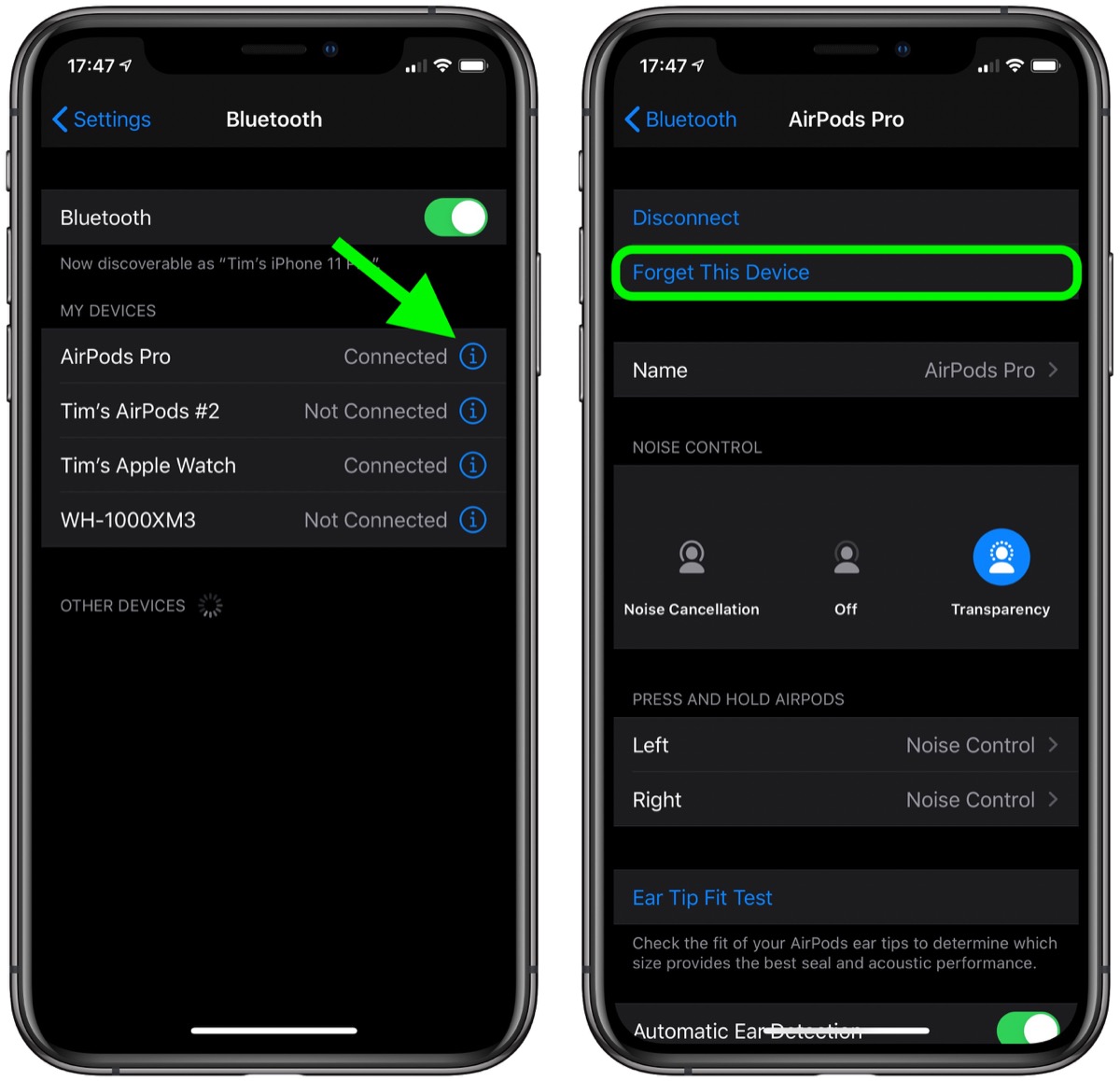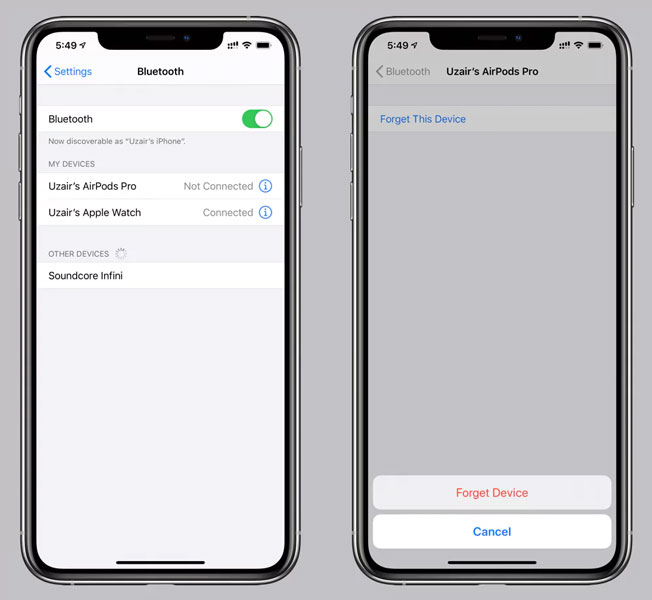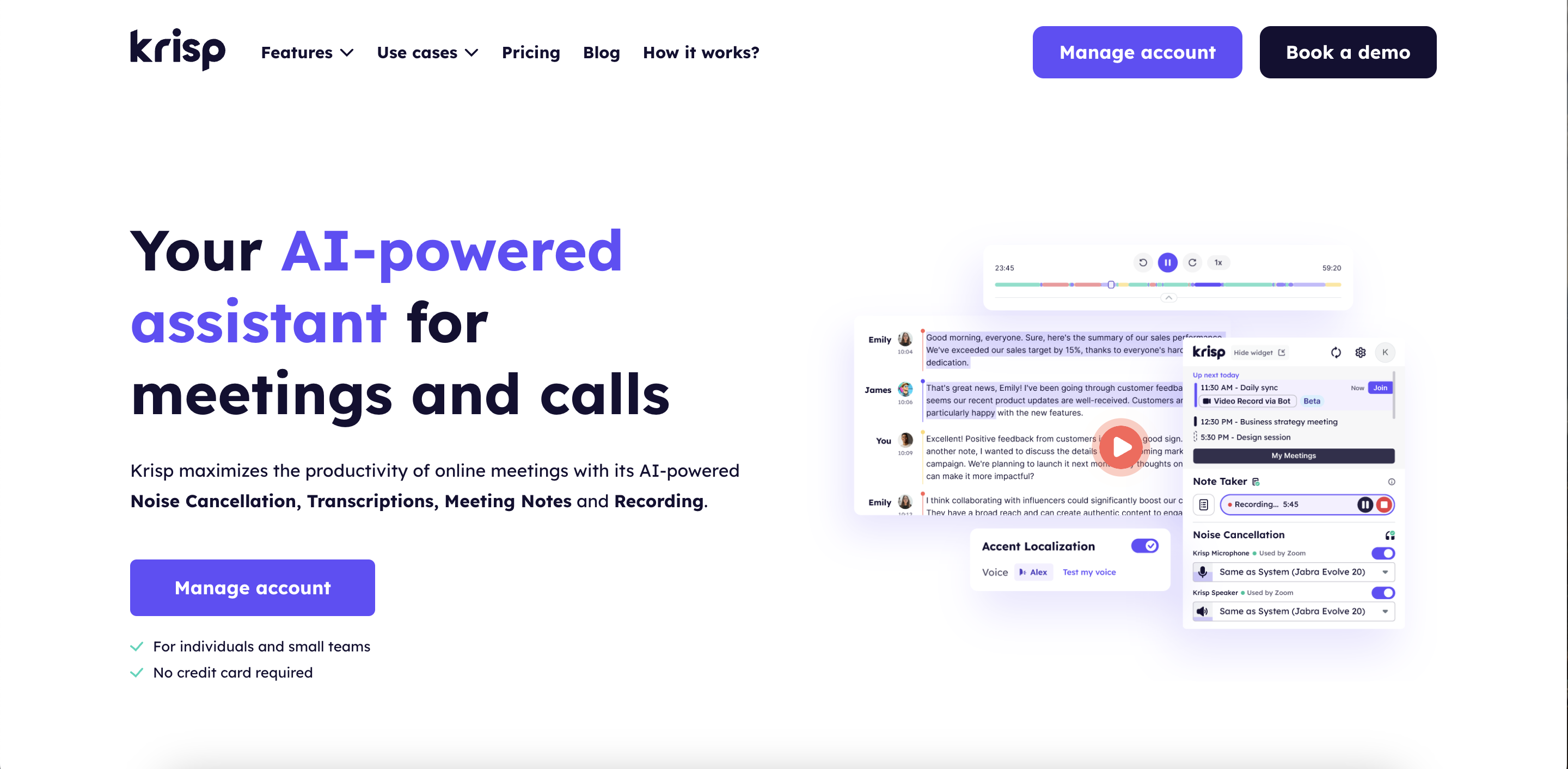Imagine you’re in the middle of a run, the perfect song playing to keep you motivated when suddenly, your AirPods pause for no apparent reason. It’s not just frustrating—it can completely throw off your rhythm. Or perhaps you’re on a call, discussing something important, and your AirPods decide to pause, leaving you scrambling to reconnect.
There are several reasons why your AirPods might be pausing unexpectedly, and understanding these causes can help you find the right solution. Here are easy-to-follow solutions that can help you get back to your music, podcast, or call without those annoying pauses. By the end, you’ll have a clear understanding of why your AirPods keep pausing and, more importantly, how to stop it from happening again.
Automatic Ear Detection
Automatic Ear Detection is a feature in AirPods that uses built-in sensors to detect when the AirPods are in your ears. When you insert the AirPods, the sensors trigger the audio to play automatically. When you remove one or both AirPods, the audio pauses. This feature is designed to enhance convenience, allowing you to easily start or stop your audio without needing to manually press any buttons.
However, if the sensors malfunction, they may incorrectly detect that the AirPods have been removed from your ears, causing frequent and unexpected pauses. This can happen due to factors such as dirt or debris covering the sensors, poor fit in your ears, or even sensor calibration issues.
If Automatic Ear Detection is causing issues, you can disable it to prevent your AirPods from pausing unexpectedly. Here’s how to do it:
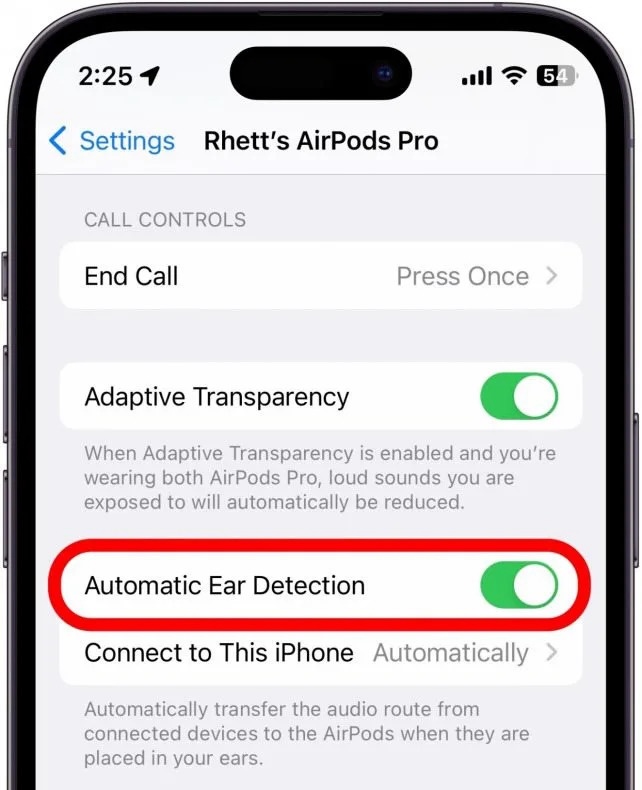
- Open the Settings App on your iPhone or iPad.
- Select “Bluetooth” from the list of options.
- Find your AirPods in the list of connected devices and tap the (i) icon next to them.
- Toggle off “Automatic Ear Detection” by sliding the switch to the left.
By disabling this feature, your AirPods will no longer automatically pause when you remove them from your ears, reducing the chances of unexpected pauses. Keep in mind that you’ll need to manually pause and play your audio, but this trade-off can lead to a more stable listening experience if you’re encountering issues with Automatic Ear Detection.
Bluetooth Connectivity Issues
Bluetooth Connectivity Issues can significantly impact the performance of your AirPods, often leading to frequent pauses in your audio. Bluetooth relies on a stable connection between your AirPods and the paired device, such as your iPhone, iPad, or Mac. When this connection is weak or interrupted, it can cause your AirPods to pause unexpectedly.
Bluetooth has a limited range, usually up to 30 feet (about 10 meters). If you move too far from your paired device, the connection can become weak or drop entirely, causing your AirPods to pause.
If you’re experiencing frequent pauses due to Bluetooth connectivity problems, try the following solutions:
- Stay Close to Your Device: Ensure you’re within the effective range of your Bluetooth connection. Try to stay within 15-20 feet of your device to maintain a strong connection and reduce pauses.
- Reduce Interference: If possible, move away from other wireless devices or turn off unnecessary Bluetooth gadgets to minimize interference. This can help stabilize your connection and prevent interruptions.
- Reset the Bluetooth Connection:

On your device, go to Settings and select Bluetooth.- Turn off Bluetooth for a few seconds, then turn it back on. This can help re-establish a more stable connection with your AirPods.
- Unpair and Re-pair Your AirPods:

- Go to Settings > Bluetooth on your device.
- Find your AirPods in the list of devices and tap the (i) icon next to them.
- Choose Forget This Device and confirm.
- After unpairing, place your AirPods back in their case, close the lid, and then open it again. Follow the pairing instructions on your device to reconnect them.
By addressing Bluetooth connectivity issues, you can reduce or eliminate the pauses and enjoy a smoother, uninterrupted listening experience with your AirPods.
Crowded Public Spaces
In crowded environments where multiple Bluetooth and Wi-Fi signals overlap, the interference can not only cause your AirPods to pause unexpectedly but also degrade the quality of your audio. Sometimes, even the built-in noise cancellation feature of AirPods isn’t enough to block out all the background noise, making it difficult to enjoy a clear and uninterrupted listening experience.
Steps to Use Krisp for a Noiseless Experience
To enhance your listening experience and block out unwanted noise effectively, you can use Krisp, an advanced noise-canceling app. Krisp works by filtering out background noises from both ends of your call, ensuring a clear and focused audio experience.
Here’s how you can use Krisp with your AirPods
- Download and Install Krisp
- Go to the Krisp website or your device’s app store and download the Krisp app.
- Follow the installation instructions to set up Krisp on your device.
- Set Up Krisp with Your Audio Device
- Open the Krisp app and log in or create an account.
- In the Krisp app, select your AirPods as the microphone and speaker in the audio settings.
- Enable Noise Cancellation
- Turn on Krisp’s noise cancellation feature by toggling the switch in the app. Krisp will now actively filter out background noise from your surroundings.
- Enjoy a Clear Audio Experience
- With Krisp activated, you should experience fewer distractions from background noise, even in crowded spaces. Whether you’re on a call, listening to music, or participating in a video conference, Krisp ensures that your audio remains clear and focused.
By using Krisp with your AirPods, you can significantly improve your listening experience, even in environments where built-in noise cancellation may struggle to keep up. This combination helps you stay focused and enjoy your audio content without the interference of external noise.
Low Battery

Լow battery levels can cause the AirPods to switch between power-saving modes, which may result in intermittent pauses or even disconnections.
To avoid issues caused by low battery levels, it’s a good idea to keep your AirPods’ battery between 40-80%. Here’s how to manage your battery effectively:
- Charge Regularly: Make a habit of charging your AirPods regularly, especially before long periods of use, to keep the battery within the optimal range.
- Monitor Battery Levels: Use your connected device to check the battery status of your AirPods. You can do this by opening the AirPods case near your iPhone or by adding the Battery widget to your home screen.
- Avoid Draining to 0%: Try not to let your AirPods’ battery drop to extremely low levels before charging, as this can lead to interruptions and reduced battery health over time.
- Store Properly: When not in use, keep your AirPods in their charging case to ensure they stay charged and ready for your next session.
App-Specific Problems
App-Specific Problems can sometimes be the cause of your AirPods pausing unexpectedly. Some apps may not be fully optimized for use with AirPods, leading to problems such as pauses, audio glitches, or even disconnects.
If you suspect that an app is causing your AirPods to pause, try the following steps to isolate and resolve the issue:
- Test with Different Apps: Switch to a different streaming app to see if the problem persists. For example, if you’re experiencing pauses on Spotify, try using Apple Music or another app to determine if the issue is app-specific.
- Update Your Apps: Make sure all your apps are up to date. Developers frequently release updates to improve compatibility and fix bugs that could be causing playback issues with AirPods.
- Reinstall the Problematic App: If a specific app continues to cause problems, try uninstalling and then reinstalling it. This can resolve any corrupt files or settings that may be causing the issue.
- Check App Settings: Some apps have their own audio settings that might conflict with AirPods. Explore the settings within the app to see if there are options for adjusting how audio is handled.
Krisp is highly compatible with AirPods and can be a valuable tool if you’re experiencing app-specific audio issues. Krisp works independently of the apps you’re using, providing noise cancellation and audio enhancement directly through its own software. This means that even if a specific streaming app has compatibility issues, Krisp can help ensure that your audio remains clear and uninterrupted.
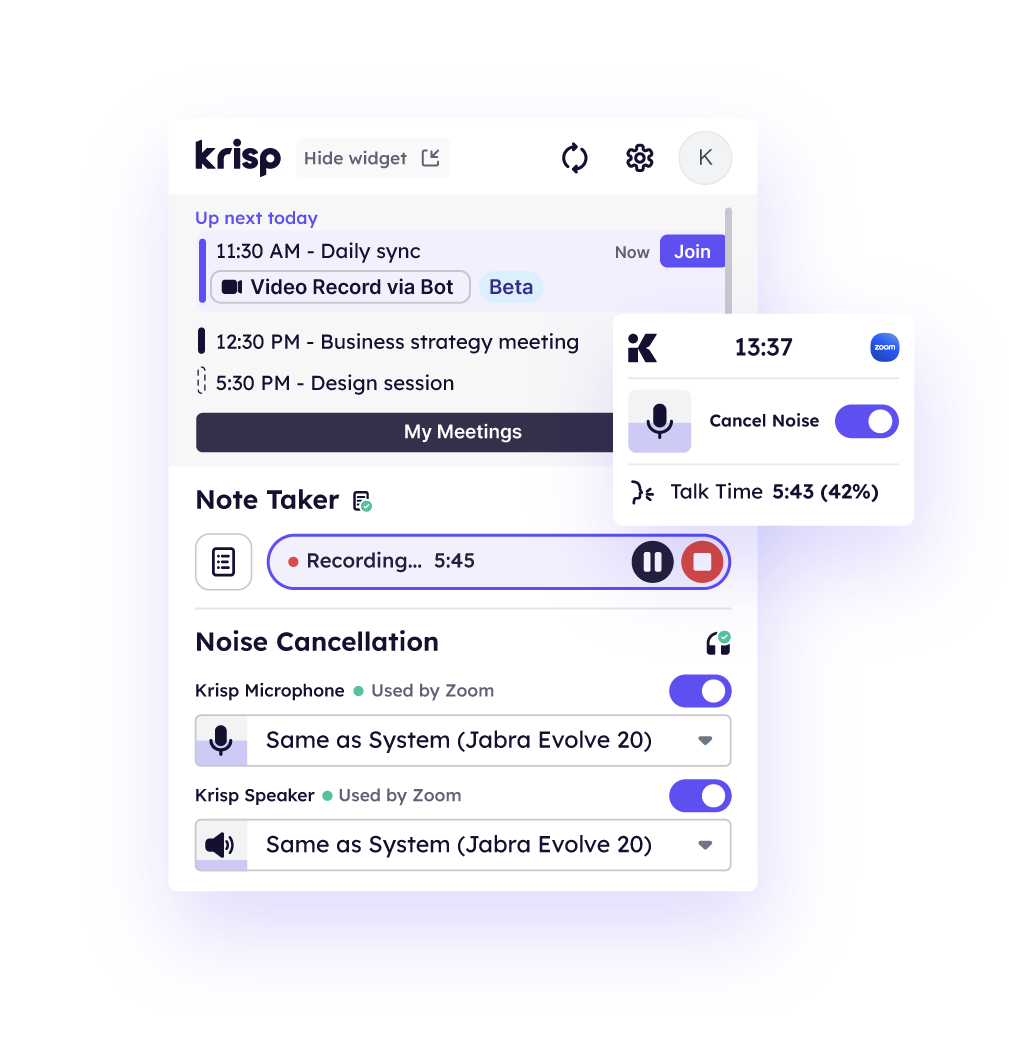
Software Bugs
If your AirPods are running on old software, they may not be compatible with the latest updates on your devices. Also, bugs can cause miscommunication between your AirPods and the paired device.
To minimize interruptions caused by software bugs, it’s important to keep your AirPods’ firmware up to date and perform a reset if needed.
- Update Your AirPods Firmware:
- Keep your AirPods connected to your device, place them in their charging case, and plug it into a power source.
- Ensure your iPhone or iPad is nearby with Wi-Fi and Bluetooth enabled. The firmware will update automatically if needed.
- If you want to check the firmware version:
- Go to Settings > Bluetooth on your iPhone.
- Tap the (i) icon next to your AirPods.
- Scroll down to see the firmware version and compare it with the latest version available online
- Reset Your AirPods to Fix Persistent Issues:
If your AirPods continue to pause despite updating the firmware, a reset might be necessary:
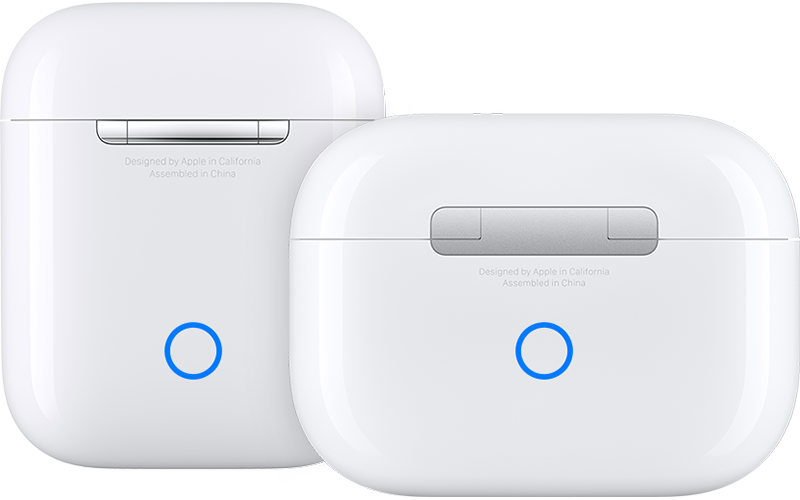
- Forget and Reconnect:
- In Settings > Bluetooth, tap the (i) icon next to your AirPods and select Forget This Device.
- Perform a Factory Reset:
- Place your AirPods in their charging case, close the lid, and wait 30 seconds.
- Open the lid and press the button on the back of the case until the LED light flashes amber, then white. This indicates a factory reset.
- Reconnect:
- With the case lid open, bring your AirPods close to your device and follow the on-screen prompts to reconnect.
- With the case lid open, bring your AirPods close to your device and follow the on-screen prompts to reconnect.
Conclusion
By following the easy-to-implement fixes provided in this guide, you can minimize or eliminate those frustrating pauses. In particular, don’t forget the power of tools like Krisp, which can enhance your AirPods experience by providing additional noise cancellation and helping to maintain clear, uninterrupted audio even in challenging environments.
FAQ
- Automatic Ear Detection: This feature uses sensors to detect when the AirPods are in your ears. Dirt or debris on the sensors can cause malfunctions, leading to frequent pauses. You can disable this feature in your device’s Bluetooth settings.
- Bluetooth Connectivity Issues: A weak or interrupted Bluetooth connection can cause your AirPods to pause unexpectedly. Staying close to your device and reducing wireless interference can help stabilize the connections
- Low Battery: Low battery levels can cause the AirPods to switch to power-saving modes, leading to pauses. Keeping your AirPods charged between 40-80% can prevent this.
- App-Specific Problems: Some apps may not be fully optimized for AirPods, causing glitches or pauses. Testing with different apps and updating or reinstalling problematic ones can help.
- Outdated firmware or bugs can cause pauses: Ensure your AirPods’ firmware is up to date and perform a factory reset if necessary.
- Disable Automatic Ear Detection: Go to your device’s Bluetooth settings, select your AirPods, and toggle off “Automatic Ear Detection.”
- Stay Close to Your Device: Maintain a strong Bluetooth connection by staying within 15-20 feet of your device.
- Keep Your AirPods Charged: Regularly charge your AirPods and avoid letting the battery drop too low.
- Update Firmware: Ensure your AirPods have the latest firmware. You can check this in the Bluetooth settings of your connected device.


